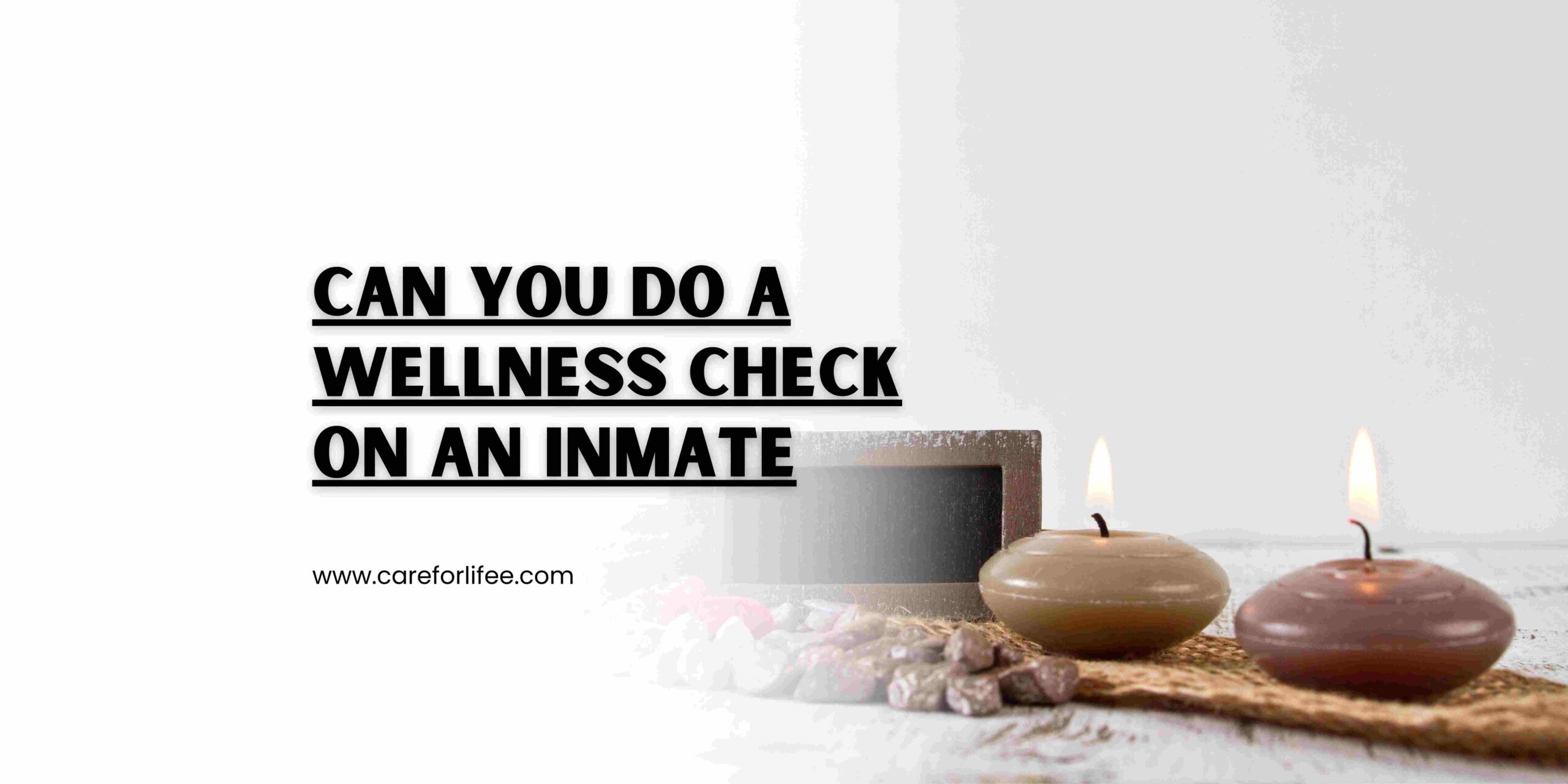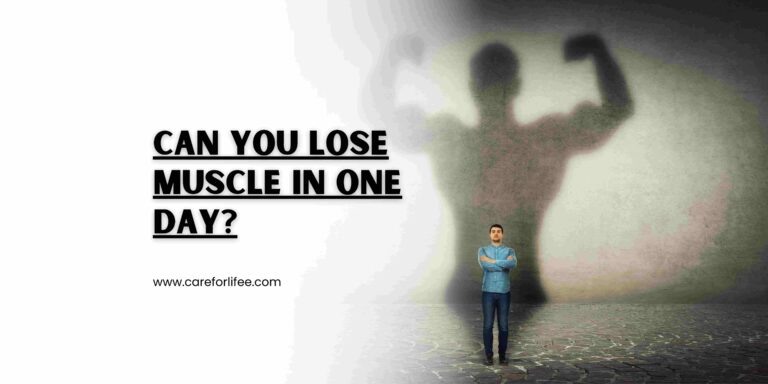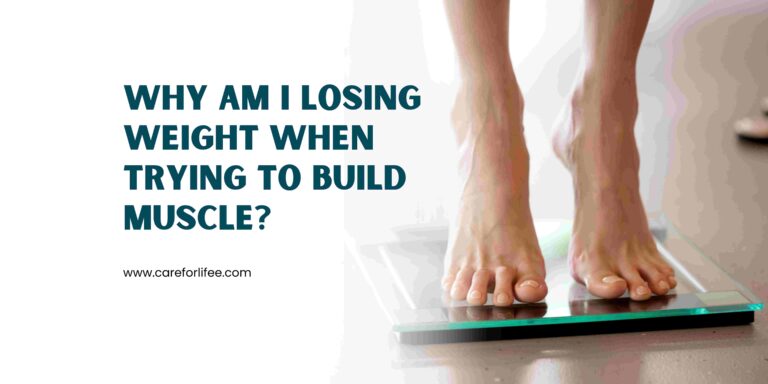Can You Do A Wellness Check On An Inmate?
Incarcerated individuals deserve proper healthcare and attention to ensure their well-being while serving their time. It is crucial to address their physical and mental health needs through comprehensive healthcare programs. In this blog post, we will delve into the concept of wellness checks in correctional facilities and explore the factors influencing inmate health and well-being.
I. Understanding Inmate Wellness Checks
Inmate wellness checks are routine assessments performed by correctional staff to monitor the overall health and well-being of incarcerated individuals. These checks serve various purposes, such as identifying potential health issues, ensuring the safety of inmates, and providing timely medical assistance.
Within correctional facilities, inmate healthcare is governed by a legal framework and policies that outline the rights and responsibilities of both inmates and authorities. Wellness checks can differ in nature, ranging from routine assessments to emergency interventions during a crisis.
II. Factors Influencing Inmate Health and Well-being
A. Physical health considerations Maintaining physical health within correctional facilities involves addressing several key factors. Accessibility and availability of healthcare services play a vital role in ensuring inmates receive timely medical attention. Preventive care and health screenings are essential for early detection and treatment of illnesses, while chronic disease management is crucial for those with long-term health conditions.
B. Mental health considerations Mental health issues are prevalent among inmates, making it imperative to address their psychological well-being. Providing psychological support and counseling services helps inmates cope with the challenges of incarceration. Additionally, effective suicide prevention measures and intervention protocols are critical in ensuring the safety of individuals struggling with mental health issues.
C. Environmental factors The physical environment of correctional facilities can significantly impact inmate health and well-being. Overcrowding and sanitation concerns can contribute to the spread of infectious diseases. Proper nutritional provisions are essential for maintaining overall health, and opportunities for physical activity and exercise are vital for promoting physical well-being.
III. Roles and Responsibilities in Inmate Wellness Checks
A. Correctional staff responsibilities Correctional staff play a crucial role in conducting wellness checks. They are responsible for performing regular visual assessments, looking for signs of distress or medical emergencies. Their training equips them with the skills necessary to identify potential health concerns and respond appropriately.
B. Healthcare professionals’ involvement Healthcare professionals, including doctors, nurses, and mental health specialists, play a vital role in ensuring the well-being of incarcerated individuals. They provide medical evaluations, treatments, and administer mental health assessments and therapy sessions. Collaboration between healthcare professionals and correctional staff is crucial for comprehensive care.
IV. Challenges and Considerations
A. Limited resources and budget constraints Correctional facilities often face challenges due to limited resources and budget constraints. Insufficient funding can result in inadequate healthcare services, compromising the overall well-being of inmates.
B. Stigma surrounding inmate healthcare There is a prevalent stigma associated with inmate healthcare, which can hinder efforts to improve services. Society’s perception of incarcerated individuals often overlooks their right to proper medical care, perpetuating barriers to comprehensive healthcare.
C. Communication barriers and confidentiality concerns Communication between inmates and healthcare professionals may be hindered by various factors, including security measures and limited privacy. Maintaining confidentiality in healthcare settings within correctional facilities is essential to establish trust and encourage inmates to seek necessary care.
D. Addressing potential abuses or neglect in wellness checks Occasionally, instances of abuses or neglect during wellness checks may occur. It is crucial to address and rectify these issues promptly through accountability measures and staff training.
V. Improving Inmate Wellness Checks
A. Promoting healthcare staff training and expertise Investing in training programs for correctional staff and healthcare professionals can enhance their skills and knowledge in inmate healthcare. This training should include recognizing signs of distress, mental health awareness, and emergency response protocols.
B. Enhancing mental health services and interventions Increasing access to mental health services, including therapy and counseling, can significantly improve the well-being of inmates. Providing comprehensive mental health care programs and interventions tailored to the unique needs of incarcerated individuals is essential.
C. Implementing regular health screenings and check-ups Routine health screenings and check-ups can help detect underlying health conditions and provide timely medical interventions. Regular assessments of inmates’ physical and mental well-being are crucial for maintaining their overall health.
D. Advocacy for better funding and resources Advocacy efforts aimed at securing better funding and resources for inmate healthcare are essential. Raising awareness about the importance of comprehensive healthcare in correctional facilities can lead to positive change in policies and resource allocation.
Addressing the healthcare needs of incarcerated individuals through comprehensive wellness checks is vital for their overall well-being. By understanding the factors influencing inmate health and well-being, recognizing the roles and responsibilities of correctional staff and healthcare professionals, and working towards improving inmate wellness checks, we can ensure that incarcerated individuals receive the healthcare they deserve. Through collaborative efforts, we can foster a system that values and promotes the holistic well-being of all individuals, both inside and outside correctional facilities.







